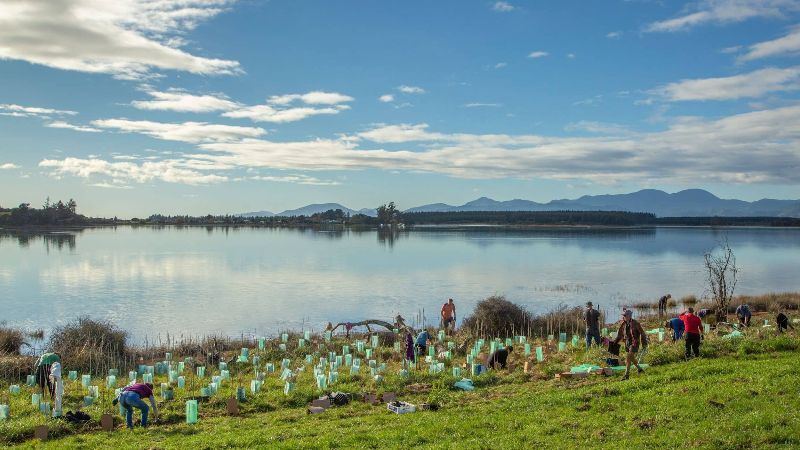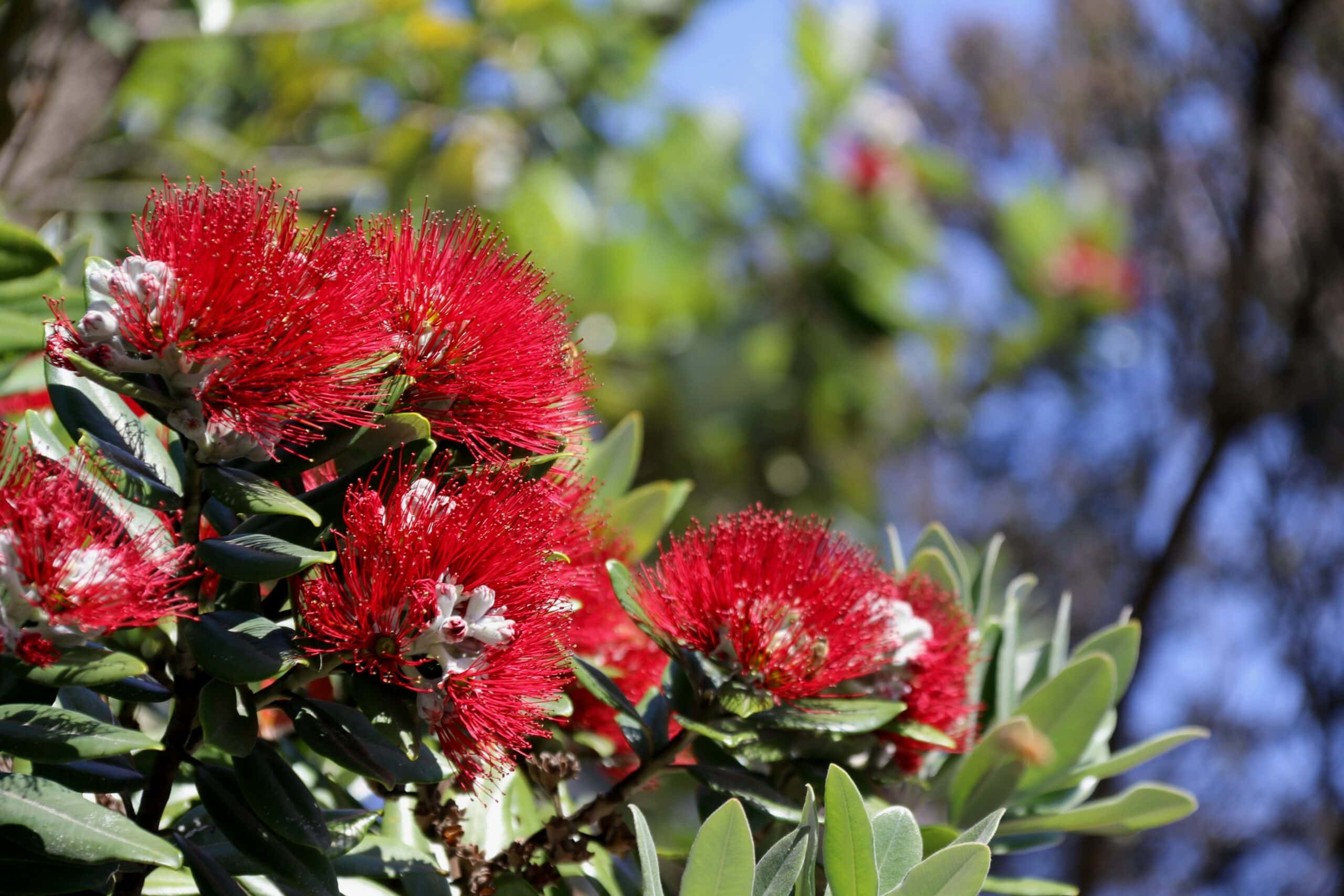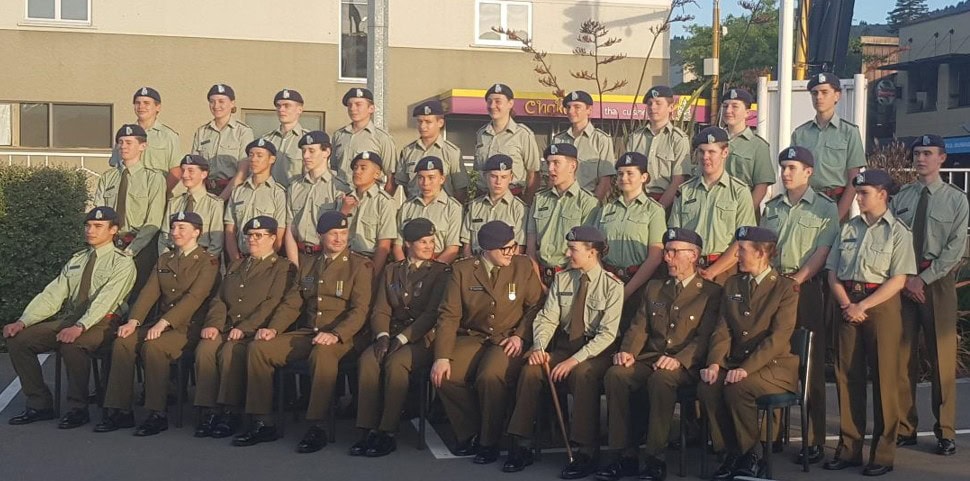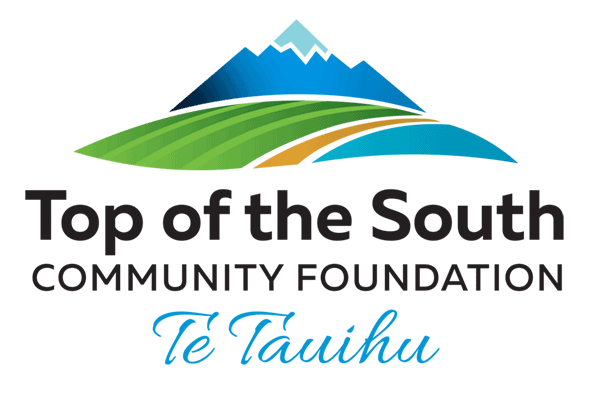
The Battle for the Banded Rail (B4BR) project to restore thriving birdlife to the Waimea Inlet is also enhancing the lives of Salisbury School students.
That’s among the reasons Top of the South Community Foundation (TotSCF) this year granted B4BR $3,550 to help continue its environmental and community work.
“It is really great to have support from Top of the South Community Foundation which has enabled us to do even more including working with students at Salisbury School who grow-on native trees for us,” says Kathryn Brownlie, spokesperson for the project.
Kathryn says podocarps are better planted when they are bigger. “We buy seedlings which the girls at Salisbury re-pot and grow on for a year, providing us with more mature trees to plant. This is a good initiative for the school and a very cost effective for the B4BR project. The educational and social side of this partnership is just as important, if not more so, as the supply of plants.”
Of course wildlife and the environment is also benefiting from the community-led initiative which in the last nine seasons has seen 80,000 plants planted in and around the Waimea Inlet and more than 10,000 pests (mainly rats) trapped in the same area.
“Trapping is extremely important as the birds and insects we help by restoring their habitat, would not survive against the predators, especially stoats.”
Most of the planting and trapping is carried out by volunteers, including the up to 60 members of the public who took part in the most recent community planting day. In the last year, volunteer planters and trappers contributed 3,500 hours to this fantastic project.
“As well as benefiting the environment and wildlife, a key strength of the B4BR project is bringing people together and helping create social networks. People who turn up to planting days often thank me at the end, when I feel I should be thanking them. However, they get a real buzz from having done something for the environment and something which is also physical and social.”
The hard work of so many people is paying off with increased sightings of banded rail. “We carry out a survey every two years by looking for banded rail footprints because they are very shy, secretive birds. We believe there are three birds living in an area where we had not previously picked them up and we think there are at least 20 pairs in the Waimea Inlet.”
The other key species the project wants to see increase in numbers are the Australasian bittern (Matuku-hūrepo) which is nationally endangered, the kotuku (white heron), Fernbird, (Mātātā), and the Marsh crake (Kotoreke).
To this end, B4BR will continue to work with volunteers, Salisbury School, Tasman District Council, Department of Conservation and funders to enhance the environment of the Waimea Estuary for the benefit of plants, wildlife and people.
Other Recent News

From the Chair - Dave Ashcroft

From the EO - Nettie Stow

Nelson Cadets Celebrate Generous Donation
Photos from Nelsontasman.nz, Only Marlborough and Unsplash.
Made with ♥️ by Avoca in Nelson, New Zealand
